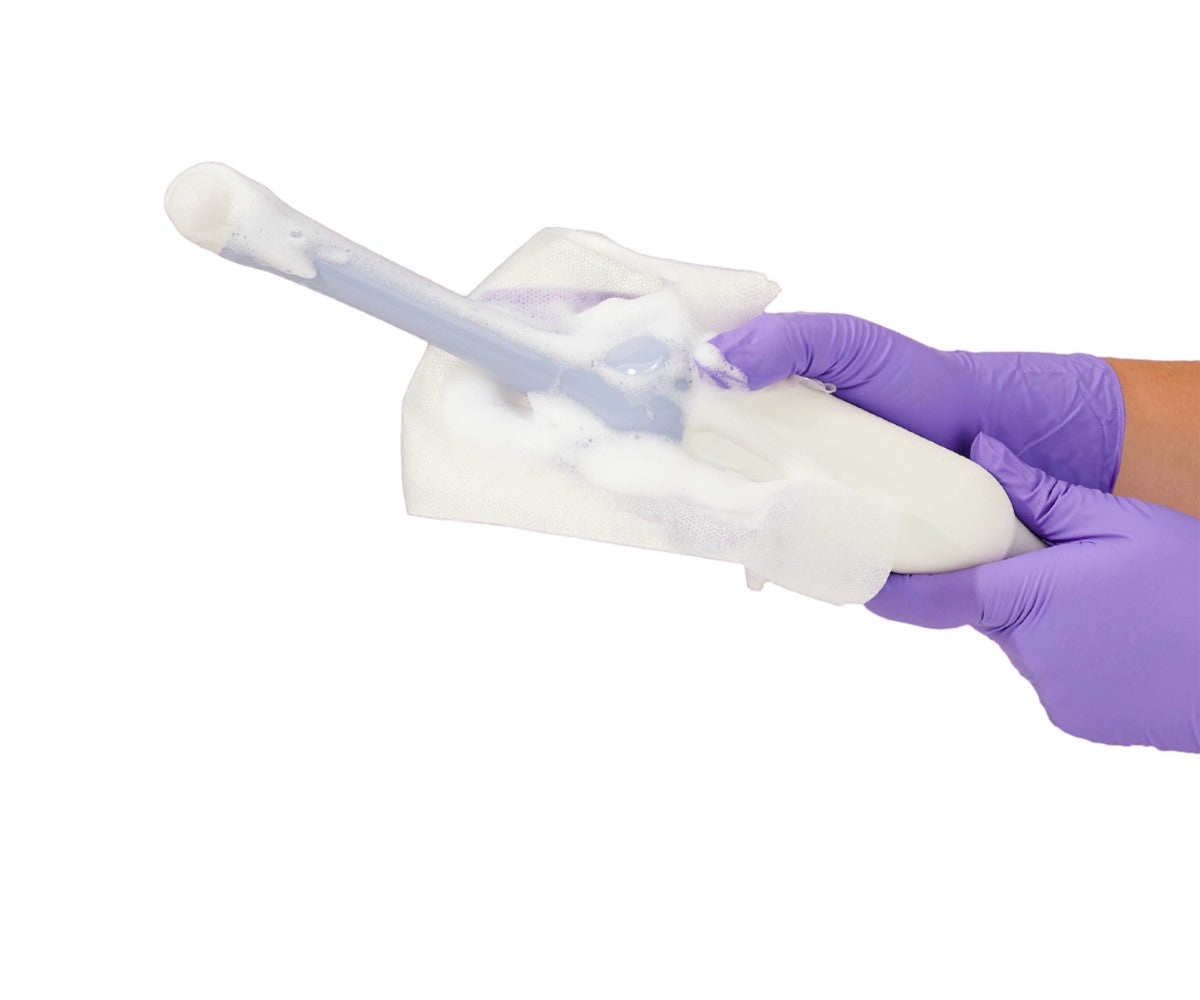Ambulatory Surgery Centers (ASCs) are positioned at the forefront of a significant healthcare transformation. The projected increase in ASC volume, fueled by demographic changes, medical advancements, and evolving healthcare policies, suggests that these centers will become increasingly central to the delivery of surgical services. However, with this anticipated growth comes a unique set of challenges and opportunities. Here’s an exploration of what 2025 might hold for ASCs.
Predicted Growth for ASCs
According to the 2024 Impact of Change report by Sg2, ASC volumes are expected to rise significantly over the next decade, with a projected 21 percent increase, reaching 44 million procedures by 2034. This surge reflects the broader trend towards outpatient care, as overall outpatient volume is anticipated to jump 17 percent to 5.82 billion. The shift from traditional hospital outpatient departments (HOPDs) to ASCs is particularly noteworthy, with ASCs poised to capture a larger share of surgical services due to their lower costs and increased convenience for patients.
Key specialties expected to see substantial growth in ASCs include orthopedics, spine, and gastroenterology. These areas are currently heavily performed as outpatient services, and private equity investment in these fields is further driving their migration to ASCs.
Key Drivers of ASC Growth
The anticipated rise in ASC volumes is driven by several key factors, with demographic shifts playing a pivotal role. As the Baby Boomer generation ages, there is a notable increase in the demand for surgical procedures, such as knee and hip replacements, as well as eye surgeries. These specialties are well-suited for the ASC model, thanks to advancements in minimally invasive techniques and anesthesia that allow for complex surgeries to be performed on an outpatient basis. This growing demand is further fueled by epidemiological trends, such as the increasing prevalence of chronic conditions like arthritis and cardiovascular diseases, which often require surgical intervention.
Epidemiological changes also significantly impact ASC expansion. The rising incidence of chronic diseases, combined with advances in medical technology, has led to earlier and more accurate diagnoses, thereby increasing the need for timely surgical interventions. Enhanced imaging technologies and improved screening tools are enabling earlier identification of conditions that require surgical treatment. Consequently, ASCs are becoming the preferred setting for many surgical procedures due to their efficiency and patient-centered approach, which aligns well with the growing need for timely, effective care.
Furthermore, clinical innovation is expanding the range of procedures that can be safely and effectively performed in ASCs. New surgical techniques and advancements in perioperative care are broadening the scope of outpatient surgeries, while consumer preferences are shifting towards environments that offer convenience, shorter recovery times, and reduced risk of hospital-acquired infections. Financial factors also contribute to this shift, as payer pressures to reduce healthcare costs lead insurers to favor lower-cost settings like ASCs. With their lower cost structures and the growing influence of private equity investments, ASCs are becoming increasingly attractive for physicians, accelerating the movement of surgical services away from hospital outpatient departments.

Challenges Ahead
The anticipated expansion of Ambulatory Surgery Centers (ASCs) is met with significant challenges, particularly in the realm of anesthesia provision. The Health Resources and Services Administration has projected a shortfall of up to 6,300 anesthesiologists by 2036, with the impact being particularly acute in rural areas. This shortage is exacerbated by the growing number of ASCs, which distributes the existing pool of anesthesiologists more thinly. The increased demand for anesthesia services across a wider range of settings, including catheterization labs and interventional radiology, further stretches the already limited workforce.
Compounding the issue are factors related to workforce attrition and burnout. Nearly 30% of anesthesiologists are expected to exit the field by 2033, driven by a combination of aging professionals and high levels of job-related burnout. With a significant portion of the current workforce nearing retirement age and many others expressing dissatisfaction and stress, the pipeline for new anesthesiology professionals is insufficient to meet future needs. This shortage is especially pronounced in rural communities where Certified Registered Nurse Anesthetists (CRNAs) provide a substantial portion of anesthesia services and are also facing a growing demand.
Financial pressures and payer policies add another layer of complexity. ASCs often face lower reimbursement rates compared to hospital outpatient departments (HOPDs) for similar procedures, despite delivering comparable outcomes. This disparity in reimbursement is influenced more by administrative and political factors than by differences in cost or quality of care. Additionally, ASCs are increasingly burdened by stringent prior authorization requirements and the risk of payment clawbacks from insurers, which complicates financial management and impacts operational efficiency.
Legislative Impact
Legislation will significantly influence the future of Ambulatory Surgery Centers (ASCs), especially regarding reimbursement policies, regulatory standards, and the scope of services covered by Medicare. The Centers for Medicare & Medicaid Services (CMS) has proposed to extend the alignment of the ASC update factor with the hospital outpatient department update through 2025. This alignment, which reflects a 2.6% increase in payment rates, is seen as a positive development for ASCs, as it provides some stability in an otherwise uncertain financial environment. However, the extension is only a temporary measure, and there is ongoing debate about the need for a more permanent solution to ensure fair and sustainable reimbursement for ASCs.
Beyond reimbursement, the legislative landscape also includes discussions around the expansion of the ASC Covered Procedures List (ASC-CPL). For 2025, CMS proposed adding 20 new procedures to the ASC-CPL, including medical and dental surgical procedures. However, CMS did not include any of the 18 codes submitted by ASCA earlier this year, a decision that has drawn criticism from ASC advocates. ASCA chief executive officer Bill Prentice has voiced concerns that CMS is not fully leveraging the expertise of surgeons who safely perform these procedures and understand the settings in which they can be most effectively delivered. The exclusion of these codes from the ASC-CPL could limit patient access to certain surgical services in ASCs, particularly in specialties like cardiovascular and spine surgery.
In addition to procedure coverage, CMS is proposing changes to the ASC Quality Reporting (ASCQR) Program, which would introduce new measures focused on health equity and social drivers of health (SDOH). These measures, while aimed at improving care quality and addressing disparities, also present new challenges for ASCs. Implementing these measures will require ASCs to collect and report additional data, which could increase administrative burdens and necessitate investments in new technologies and staff training. Moreover, the push towards value-based care and patient-centered outcomes, reflected in these legislative proposals, underscores the need for ASCs to continually evolve and adapt to meet the changing demands of the healthcare system.
The strong growth potential for Ambulatory Surgery Centers (ASCs) is clear, but their success will largely depend on how well they manage various financial, operational, and regulatory hurdles. The evolving healthcare landscape demands that ASCs adapt strategically to these challenges. With focused planning and support, ASCs can sustain their vital role in delivering efficient, high-quality surgical care, ultimately balancing the needs of patients and payers amid ongoing changes in the healthcare system.

EDM Medical Solutions is a premier supplier and manufacturer of medical imaging products, including ultrasound supplies, surgical drapes, and needle guides. We are committed to delivering a high-quality and cost-effective range of products that enhance patient care and operational efficiency.
Our Krystal brand, featuring probe covers and equipment drapes, sets the industry standard for quality, safety, and reliability. Switching to Krystal can mean up to 30% in savings on your supplies.
With market-leading prices and rapid shipping options, we ensure our clients have immediate access to the supplies they need, when they need them. That's why over 2,000 facilities in the US choose EDM.









